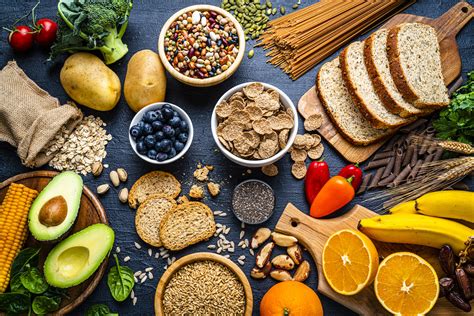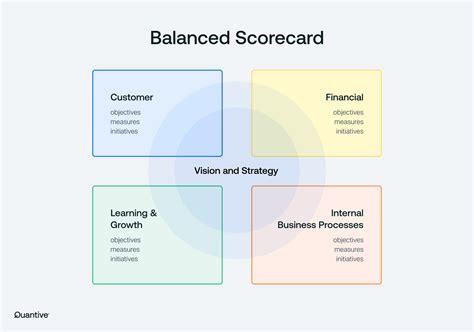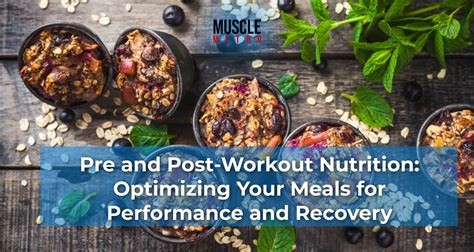What’s the ideal macronutrient split for peak male energy & muscle gain?

For men dedicated to boosting their energy and significantly enhancing muscle gain, understanding and optimizing their macronutrient split is not just beneficial—it’s essential. Macronutrients—carbohydrates, proteins, and fats—are the pillars of your diet, each playing distinct yet interconnected roles in physical performance, recovery, and overall health.
Understanding Macronutrients
Before diving into specific ratios, it’s vital to grasp what each macronutrient contributes to your body. Think of them as the three main components of your body’s fuel and building materials. The right balance ensures you have enough energy for intense workouts, the necessary resources for muscle repair and growth, and the foundational support for hormonal balance and general well-being.
Carbohydrates are your body’s primary and most readily available energy source. Proteins are the building blocks, crucial for muscle repair and growth, as well as countless other bodily functions. Fats, often misunderstood, are critical for hormone production, nutrient absorption, and sustained energy, especially during prolonged activity.

The Role of Each Macro
Carbohydrates: Fuel for Performance
Carbohydrates are your body’s preferred fuel source, breaking down into glucose to power everything from brain function to high-intensity exercise. For men seeking peak energy and muscle gain, adequate carbohydrate intake is non-negotiable. They replenish muscle glycogen stores, which are vital for powering workouts and supporting recovery. Without sufficient carbs, energy levels can plummet, and muscle protein can be broken down for fuel, counteracting muscle gain efforts.
Focus on complex carbohydrates like whole grains, fruits, and vegetables, which provide sustained energy and essential fiber. Timing matters too; consuming carbs around your workouts can significantly impact performance and recovery.

Protein: Building Blocks of Muscle
Protein is paramount for muscle hypertrophy and repair. When you lift weights, you create microscopic tears in your muscle fibers. Protein provides the amino acids necessary to repair these tears and build new, stronger muscle tissue. For active men, protein needs are higher than average to support this continuous cycle of breakdown and synthesis.
Aim for high-quality protein sources such as lean meats, poultry, fish, eggs, dairy, and plant-based alternatives like legumes and tofu. Distributing protein intake evenly throughout the day can optimize muscle protein synthesis.

Fats: Hormones, Health, and Energy
Dietary fats are crucial for overall health, hormone production (including testosterone, vital for male energy and muscle growth), and the absorption of fat-soluble vitamins (A, D, E, K). They also provide a concentrated source of energy, particularly important for longer-duration activities and general satiety.
Prioritize healthy fats from sources like avocados, nuts, seeds, olive oil, and fatty fish (rich in Omega-3s). Limiting trans fats and excessive saturated fats is generally recommended for cardiovascular health.
Crafting Your Ideal Macronutrient Split
General Starting Points
There’s no one-size-fits-all “ideal” macro split, as individual needs vary greatly. However, common starting points for men focused on energy and muscle gain often fall within these ranges:
- Protein: 25-35% of total daily calories (or 1.6-2.2 grams per kg of body weight)
- Carbohydrates: 40-55% of total daily calories
- Fats: 20-30% of total daily calories
For example, a common split for muscle gain might be 40% Carbs, 30% Protein, 30% Fat. Another popular approach for very active individuals might lean higher on carbs, e.g., 50% Carbs, 30% Protein, 20% Fat. The key is to start with a baseline and adjust based on your body’s response.

Factors Influencing Your Split
Several factors should guide your personalized macro split:
- Activity Level: Highly active individuals, especially those engaged in intense weight training, will generally require more carbohydrates and protein.
- Body Type (Somatotype): Ectomorphs (naturally lean) may thrive on higher carb intakes, while mesomorphs (athletic build) respond well to balanced approaches, and endomorphs (prone to gaining weight) might benefit from slightly lower carb and higher protein/fat ratios.
- Specific Goals: While this article focuses on energy and muscle gain, slight adjustments would be made for pure fat loss (often higher protein) or endurance (even higher carbs).
- Individual Metabolism & Response: Your body’s unique metabolic rate and how it responds to different foods will ultimately dictate the best split.
Practical Application & Adjustments
To implement your macro split effectively:
- Calculate Your Total Calorie Needs: Determine your maintenance calories, then add a surplus (typically 250-500 calories) for muscle gain.
- Distribute Macros by Grams: Convert your percentage split into grams of each macro (4 kcal/g for protein/carbs, 9 kcal/g for fat).
- Track Your Intake: Use a food tracking app for a few weeks to get a clear picture of your actual intake.
- Monitor Progress: Pay attention to your energy levels, strength gains, body composition changes, and recovery.
- Adjust Gradually: If you’re not gaining muscle or energy levels are low, consider increasing carbs or protein. If you’re gaining too much fat, slightly reduce carbs or fats. Make small, incremental changes (e.g., +/- 10-20g of a macro) and observe for 1-2 weeks before further adjustments.

Conclusion
The ideal macronutrient split for peak male energy and muscle gain isn’t a fixed formula, but rather a dynamic balance tailored to your unique needs and goals. By prioritizing adequate protein for muscle repair, sufficient carbohydrates for fuel, and healthy fats for hormonal support, you create a powerful foundation for physical transformation. Start with general guidelines, meticulously track your progress, and be willing to adjust. Consistency and mindful eating, combined with a smart macro strategy, are your keys to unlocking maximum energy and robust muscle growth.








